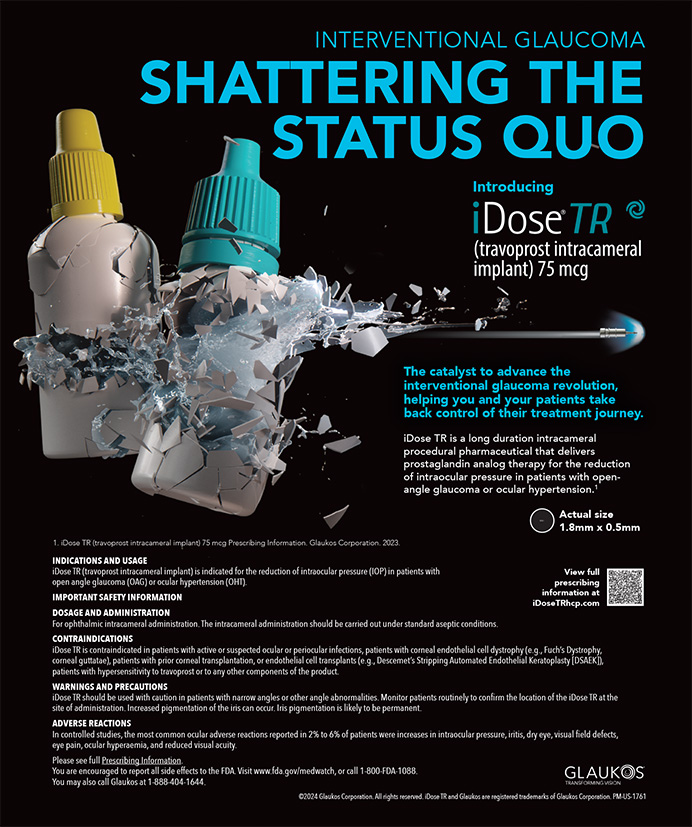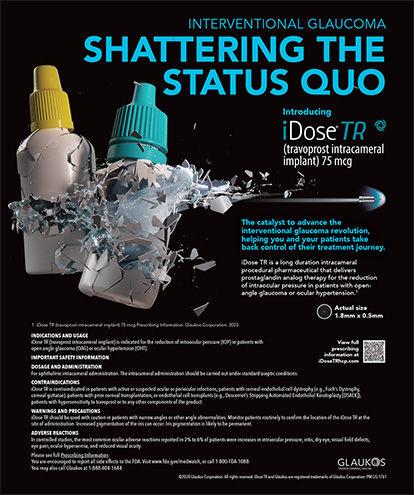Just as the title applies to sports, it applies equally to your medical practice in today's litigious society. Spend a few minutes surfing the Web, and you may be surprised at what you find. Visit lasik-litigation.com and you will get our point. The fact is, if you encounter surgical complications, which most surgeons will at some point in their career, you risk a lawsuit. Unfortunately, you do not necessarily have to be negligent or at fault to get sued. Once you are served with legal process (ie, a Complaint, which is the first document typically filed in a lawsuit by a plaintiff), even if the suit has no merit, you can easily spend tens of thousands of dollars proving your innocence. The good news is that there are a few simple steps that you can take now to protect yourself and your practice. Be sure not to miss upcoming issues of Cataract & Refractive Surgery Today, which will feature more in-depth articles on the following topics.
STEP 1: CONSULT A LAWYER
Find and consult a competent attorney with whom you are comfortable, and ensure that he or she specializes in areas such as medical malpractice and corporate law. These issues require specialized expertise, and it is not advisable to consult your friend who specializes, for example, in probate law. Act now, because if you wait until after you are sued or are threatened with a suit, it may be too late. You cannot turn back the hands of time to change the corporate structure of your practice, your malpractice insurance coverage, your informed consent procedures, or your medical records. Your personal counsel can be vital to you and your practice during litigation.
STEP 2: EVALUATE YOUR PRACTICE
How is your medical practice structured? Who organized it and when, and why was the practice structured in that particular way? Are you at risk personally, in the event that you are singled out in a lawsuit? What is your exposure for acts of your employees? These are questions you need to address with your attorney today. Whether you are a solo practitioner, or are involved in a large medical practice or a corporate structure (ie, partnership, corporation, limited liability corporation, or limited liability partnership), each practice structure provides different forms of protection. The laws that apply to corporate structures are constantly changing and often vary slightly from state to state. Consult your lawyer to ensure that your practice is legally established in the way that best suits your individual needs.
STEP 3: ASSESS YOUR INSURANCE
When was the last time you reviewed your malpractice insurance for both your practice and yourself? How much coverage is enough, particularly in light of issues concerning joint and several liability? Are you well-versed in the laws in your jurisdiction that govern joint and several liability? Do you have excess coverage, and is it really necessary? Chances are, you may not know the answers to these questions. If not, consult your lawyer and a reputable professional liability insurance broker.
STEP 4: REVISIT YOUR INFORMED CONSENT
Have you carefully read your informed consent, and is it written in layman's terms? What are the procedures for obtaining your patient's informed consent? Informed consent typically plays a role in every lawsuit, with the plaintiff alleging that it was inadequate, and the defendant asserting the informed consent as part of the defense. It is imperative that you review your current informed consent, practice, policies, and procedures with your attorney. Discuss whether it is advisable to have different types of informed consent documents, policies, and procedures depending on the type of patient, his or her background, his or her occupation, and the level of risk involved.
STEP 5: REVIEW YOUR RECORD KEEPING
How adept are you at keeping patient records? In this case, records do not strictly pertain to those medical in nature. Records can also refer to notes detailing conversations with your patients in which you have recorded questions they ask and your answers, consultations in which you advise the patient of procedural risks, and follow-up examinations, as well as your routine medical office practices. In the event that you are sued, expect a subpoena for all medical records relating to the patient in question, and then some. Unless you have previously been involved in a legal proceeding, you cannot fully appreciate the value of notes or the records of events and/or patient consultations that are documented at that time. This is one of the best forms of evidence you can present to a jury to demonstrate your actions, as opposed to your verbal testimony that you allegedly did or did not do something based solely on your recollection of events that have often occurred a year ago or more. If the testimony is strictly verbal, it's going to be your word against the plaintiff's, and your fate rests with a jury of your peers (or perhaps your patients) to judge credibility. On the other hand, if the evidence is written contemporaneously with the issue at hand, it will be compelling. The rule of thumb is to document and to document well.
Although taking these and other defensive measures today will not guarantee you a “win” in the event you are one day faced with a lawsuit, it will certainly better position you, your practice, and your case.
Charles M. O'Donnell, Esq, is a member of the Pennsylvania-based law firm, Elliott Reihner Siedzikowski & Egan, PC, specializing in healthcare law and representing healthcare providers and medical practices. Attorney O'Donnell may be reached at (215) 977-1010; cmo@erse.com


